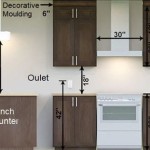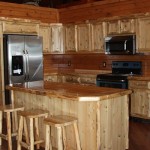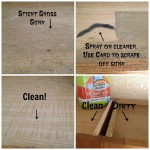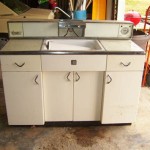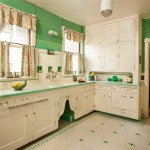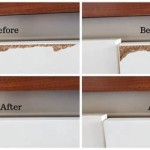Essential Aspects of Paint Techniques for Kitchen Cabinets
Transforming the heart of your home, the kitchen, can be as simple as revamping your kitchen cabinets. Painting is a cost-effective and stylish way to breathe new life into your space. However, achieving a professional-looking finish requires consideration of crucial aspects of paint techniques for kitchen cabinets.
1. Preparation
A well-prepared surface is key to a successful paint job. Clean the cabinets thoroughly with a degreaser to remove any grease or dirt that could interfere with paint adhesion. Sand the surface lightly to roughen it up, providing a better grip for the paint. Fill any holes or dents with wood filler and sand them smooth.
2. Priming
Primer is essential for ensuring a smooth, even finish and preventing the color from seeping into the wood. Choose a primer that is specifically designed for kitchen cabinets, as it will provide superior adhesion and moisture resistance. Apply a thin coat of primer and allow it to dry completely.
3. Paint Selection
The type of paint you choose will significantly impact the durability and style of your cabinets. Opt for a paint that is durable, moisture-resistant, and specifically formulated for kitchen cabinets. Consider the sheen level, as higher sheen paints are easier to clean and more resistant to stains.
4. Painting Techniques
For a professional finish, use a paint sprayer or a brush. If using a brush, start by painting the edges and corners, then work your way to the center of the cabinet doors and drawer fronts. Use even, overlapping strokes and apply thin coats, allowing each coat to dry before applying the next. For a smoother finish, lightly sand between coats.
5. Hardware
Remove the cabinet hardware before painting to prevent paint from getting on them. Clean the hardware thoroughly and consider painting or replacing it to match the updated look of your cabinets. Once the paint is completely dry, reattach the hardware.
6. Curing and Maintenance
Allow the paint to cure for at least 24 hours before using the cabinets to ensure it is fully dry and durable. Clean the cabinets regularly with a mild cleaner and a soft cloth to maintain their fresh appearance. Avoid using abrasive cleaners or sponges, as they can damage the paint finish.
Conclusion
Painting your kitchen cabinets can be a rewarding home improvement project that can transform the entire space. By carefully considering the essential aspects of paint techniques, including preparation, priming, paint selection, painting techniques, hardware, curing, and maintenance, you can achieve a professional-looking finish that will enhance the style and functionality of your kitchen for years to come.

Faux Painting Kitchen Surfaces Walls Cabinets Floors Countertops

How To Paint Kitchen Cabinets In 7 Simple Steps

How To Paint Kitchen Cabinets Best Color Ideas Cost

6 Tips For Painting Your Kitchen Cabinets

Supawood Paint Technique Kitchen Cupboards Cupboard Decor Construction

How To Paint Kitchen Cabinets In 7 Simple Steps

Old World Kitchen Designs Google Images Painting Cabinets Home Remodeling Remodel

7 Expert Tips For Flawless Kitchen Cabinet Painting

How To Paint Kitchen Cabinets

4 Best Kitchen Cabinet Finishes People Love For Their Homes Dailey Manufacturing Co
Related Posts


